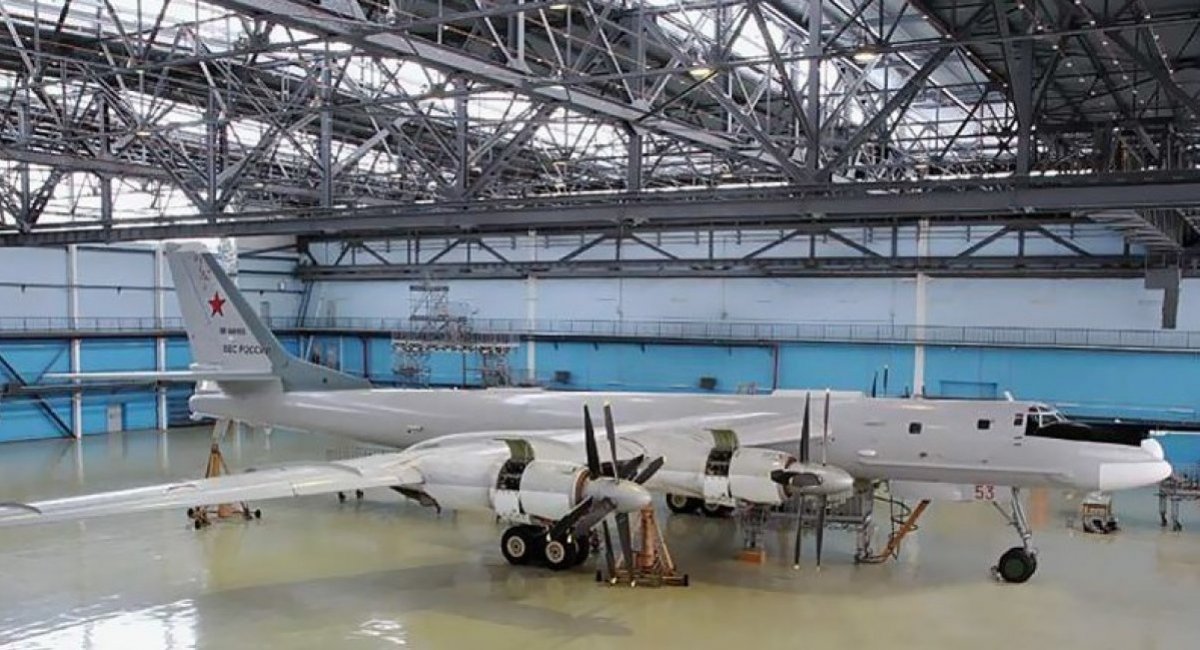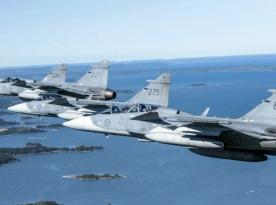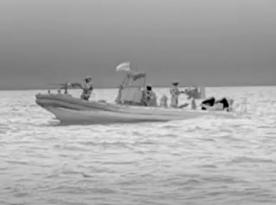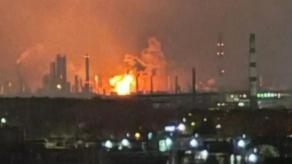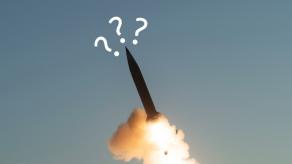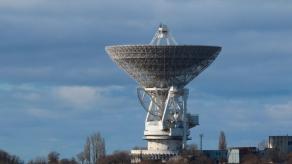Each time russian forces carry out another massive attack on Ukraine using Tu-95MS strategic bomber aircraft, the important factors always specified in Ukraine's operational reports are the number of cruise missiles launched and also how many missiles were carried by every carrier specifically.
The maximum payload of a Tu-95MS is no secret: eight Kh-101 missiles, yet quite often one bomber takes 1 or 2 missiles of this type at most, which might seem illogical and leads to the conclusion that when planning out airstrikes, the russian military is forced to take into account the limited durability of their Tu-95MSs.
Read more: russia Considers PAK DA Bomber as Replacement for Tu-95MS and Tu-160, Now Armed with Kh-95 Missiles
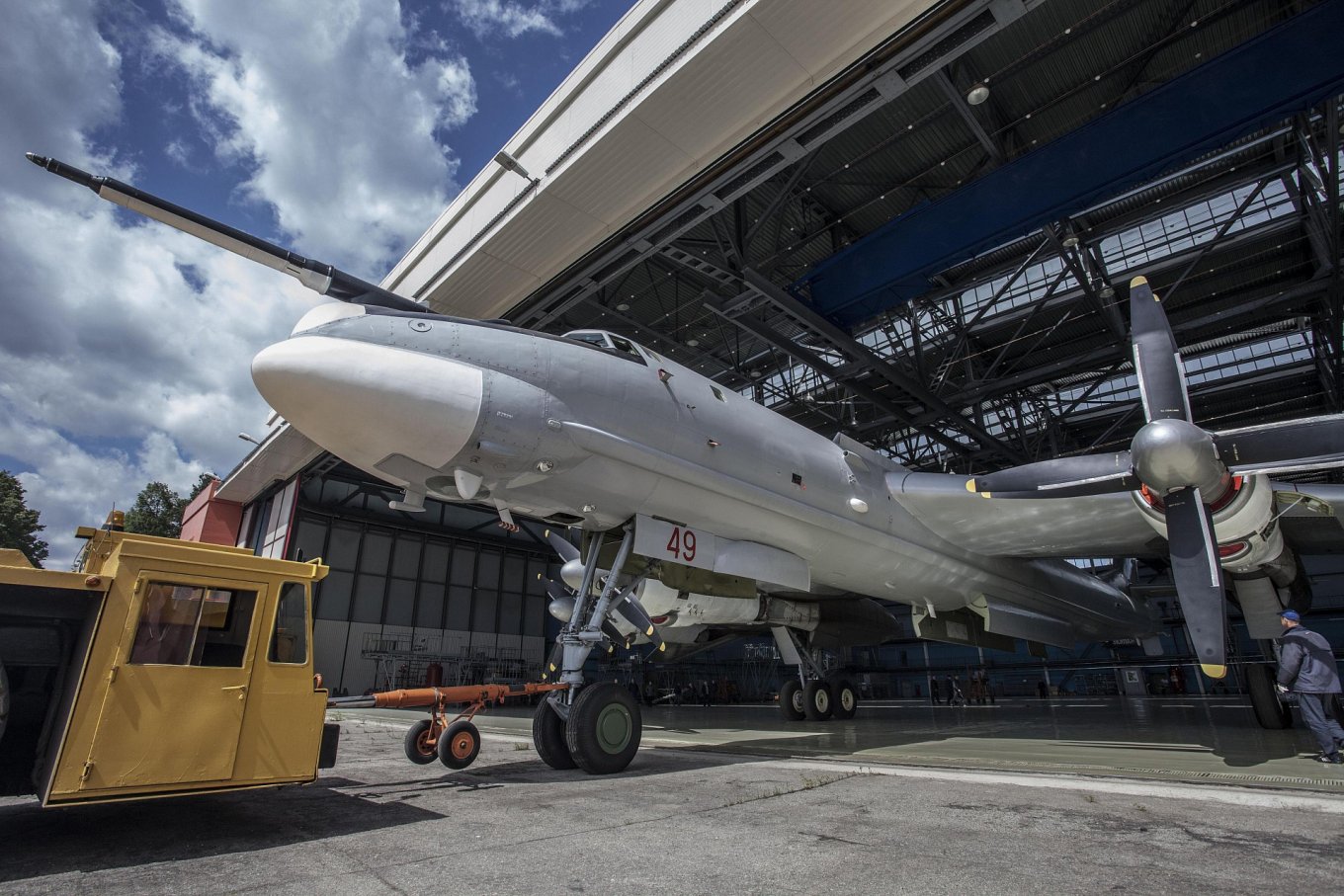
All the more so because these bombers can only take Kh-101 missiles suspended on external hardpoints, which naturally creates an additional toll on the fuselages of aircraft produced 40 years ago.
But in order to speak more objectively about the service life problems of the russian Tu-95MS fleet, it is necessary to rely on statistical data that can illustrate the entire picture. There's no straightforward information in the public access, so let's try to find at least indirect hints that could shed some light on the remaining service capacity of russian strategic aviation.
The first reference that'll help is the russian 2017 edition of the "Turbo-propeller aircraft Tu-95/Tu-114/ у-95/Tu-114/ Tu-142/ Tu-95MS" magazine, the authors of which claim to have created a manual with the most comprehensive data on the family of these aircraft for aircraft designers for the russian Aerospace Forces. Therefore, unfortunately, and quite naturally, with a declared volume of this manual consisting of as many as 600 pages, only 25% of the content was published online.
Nonetheless, there is at least one useful detail: namely that the NK-12MP engine installed on the Tu-95MS bomber has a declared service life of 5,000 flight hours. Here, for experts, we also provide a screenshot of one of the manual's pages about the Tu-95MS's avionics. The contents of this page prompt a question that remains unanswered: what is the failure rate of avionic equipment divided by the number of missile launches.
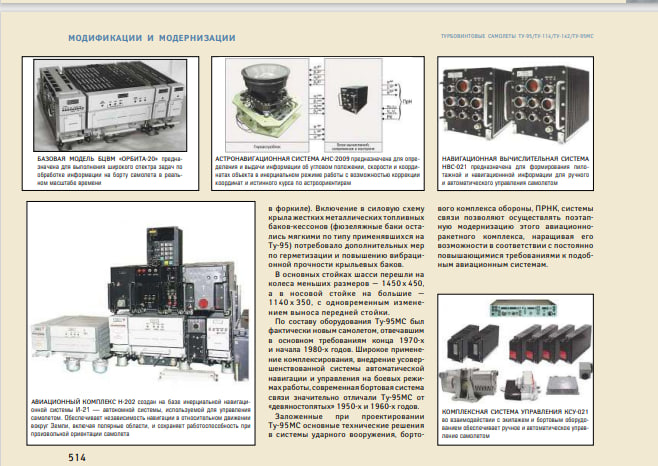
Ideally, we also need to find at least some approximate parameters related to the Tu-95MS's "resource," usually expressed in the number of flight hours per year. Apparently, this parameter was mentioned publicly just in one instance: when the russian press analyzed the causes of a fatal crash incident involving the Tu-95MS with tail code 21 Red.
It happened in February 2013 during a training flight at the Dyagilevo airfield and resulted in the loss of the aircraft. Interestingly, the cause of this disaster was the sudden ignition of electrical equipment inside the airplane.
The bomber was said to have literally just returned from repairs carried out at the Taganrog-based Beriev Aircraft Company, the aircraft should have had at least 2,004 more flight hours left in store, i.e. another 10 years of service. Since this is the only relevant parameter yet, we have to proceed from a tentative resource parameter of up to 200 flight hours per year.

Now speaking of repairs, we could try and figure out the maximum number of strategic bombers that the russian military-industrial complex can work on simultaneously. In the fall of 2018, russian Defense Minister Sergey Shoigu stated there were eight Tu-95MS and Tu-160 aircraft under repair at that time, the works expected to be finalized by the end of the year.
Whether they managed to meet the deadline was never mentioned in open sources. But at least this episode can be a reference point that eight strategic bombers is the maximum capacity declared by the russians to date.
In summary, we have the following picture: Tu-95MS has NK-12MP engines with a durability of 5,000 flight hours; a maximum service capacity of 200 flight hours per year; and a maximum of up to eight aircraft in maintenance at factories.
Addressing the question of how wary of aircraft durability the russian command is when sending their Tu-95MS, here's the narrative pushed through mass media that is likely aligned with the military staff's track of thought: according to the Kremlin's news outlets, these strategic bombers will remain in service with the Aerospace Forces of russia until around 2035–2040.
Read more: How russia's MiG-31 "Aviation Spetsnaz" Shrank From 500 Down to 140 Aircraft



